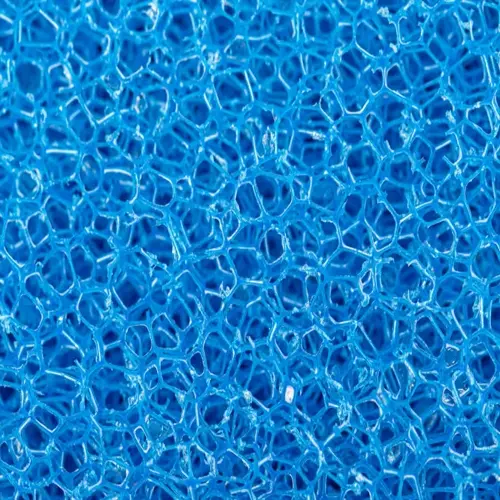What are signs of water parameter problems?

Written by
Kailani Okoro
Reviewed by
Prof. Henry Webster, Ph.D.Detecting early symptoms of problems with water parameters avoids disasters in aquariums before they occur. Fish jointly provide excellent information about invisible physical imbalances. Taking immediate action when observing unusual behavior can result in saving lives. I have rescued many aquariums by reacting immediately to the scarcely noticeable signals.
If a fish is gasping at the surface, it is an indication of low oxygen levels or that a toxin is being absorbed. Such a combination occurs in the presence of high ammonia or poorly oxygenated water. As a result of the chemical effect, the gills become red from burns. The angelfish have been gasping at the surface as a result of a breakdown of the filter. With prompt aeration and a change of water, the situation was retrieved.
Fast gill movement is indicative of ammonia or nitrite poisoning. The fish appear to be panting even at rest. Their gills are pumping faster, trying to overcome the toxic effects. This happened in my quarantine tank as a result of overfeeding. Testing confirmed that dangerous levels of ammonia (which needed immediate correction) were present.
Observation Techniques
- Watch fish during feeding times
- Check breathing rates at rest
- Note color intensity changes daily
- Monitor algae growth patterns
Testing Procedures
- Test ammonia/nitrite immediately
- Check pH and temperature
- Measure dissolved oxygen
- Verify salinity in marine tanks
Immediate Corrections
- 25-50% water change
- Increase surface agitation
- Add chemical detoxifiers
- Reduce feeding for 48 hours
Chronic stress symptoms will come on slowly, loss of appetite signals long-term stress. Dull colors indicate immune suppression. Fish often hide to avoid interaction. My tetras quit schooling during the nitrate spikes. Constant attention prevents these problems from slowly developing.
Algae blooms indicate unbalanced nutrients in the tank. Hair algae indicates too much phosphate. Green water means too much nitrate. Diatoms indicate the presence of silicate. My tank glass was covered rapidly when overdosing on fertilizers. The easy algae are best taken care of by addressing the cause, not just removing the algae from the tank.
Adopt preventive observation habits. Feed at the same times to see changes in appetite. Observe the fish just before the lights are turned on. Keep weekly behavioural notes. The use of my logbook has enabled me to spot tendencies before trouble arises. The sooner a problem is discovered, the easier and safer it will be to make corrections.
Read the full article: Understanding Aquarium Water Parameters

